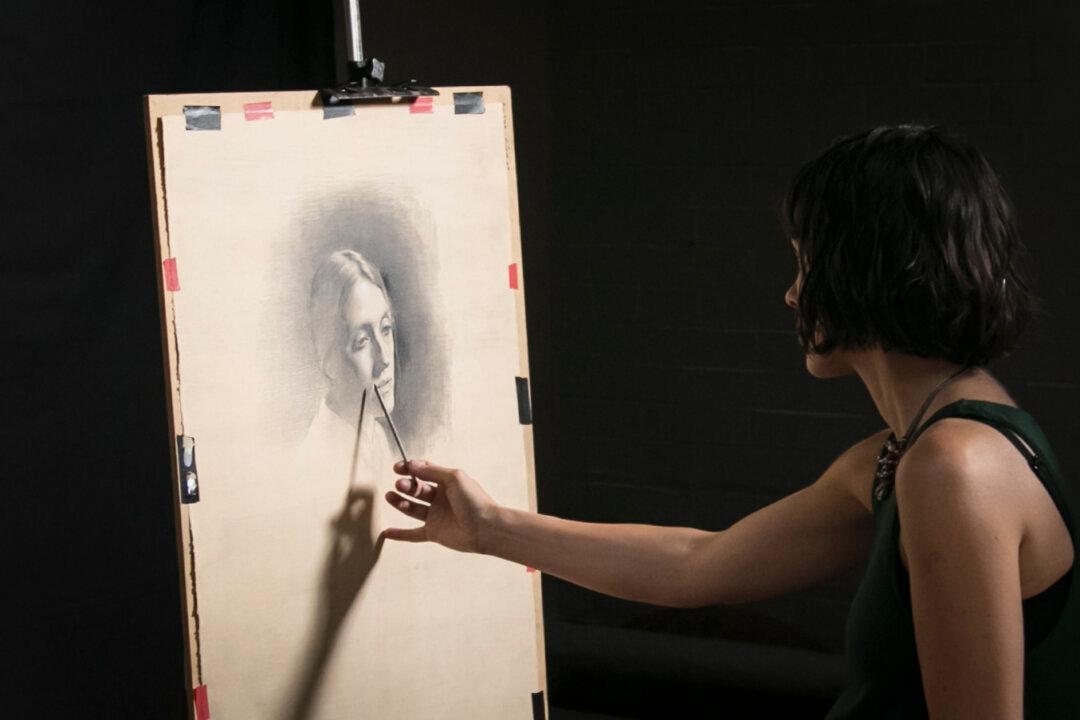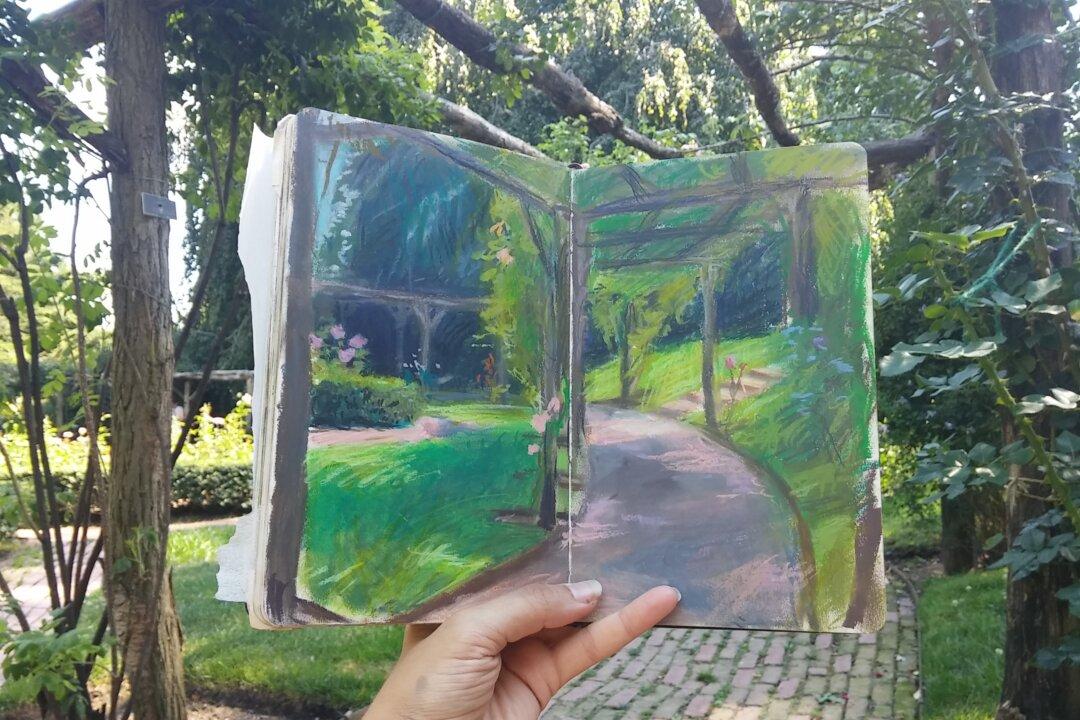NEW YORK—There’s a group of artists who most of the general public has yet to know exist. These are highly skilled painters, sculptors, and draftsmen trained in ateliers or academies who are not embarrassed to utter the word “beautiful” at a time when that word is generally scorned by the contemporary art establishment. You'll hardly ever see their works in major museums or at major galleries for longer than a short stint. Most of their works are whisked away by private collectors or are sitting in their studios, waiting to be discovered.
These artists value quality over quantity, sincerity over cynicism, intrinsic value over marketing hype, and the Western tradition of fine art over the avant garde fixation on newness. In an ironic twist of history, these traditional artists are perhaps the most radical and marginalized group of artists living today. And yet their numbers are growing.






